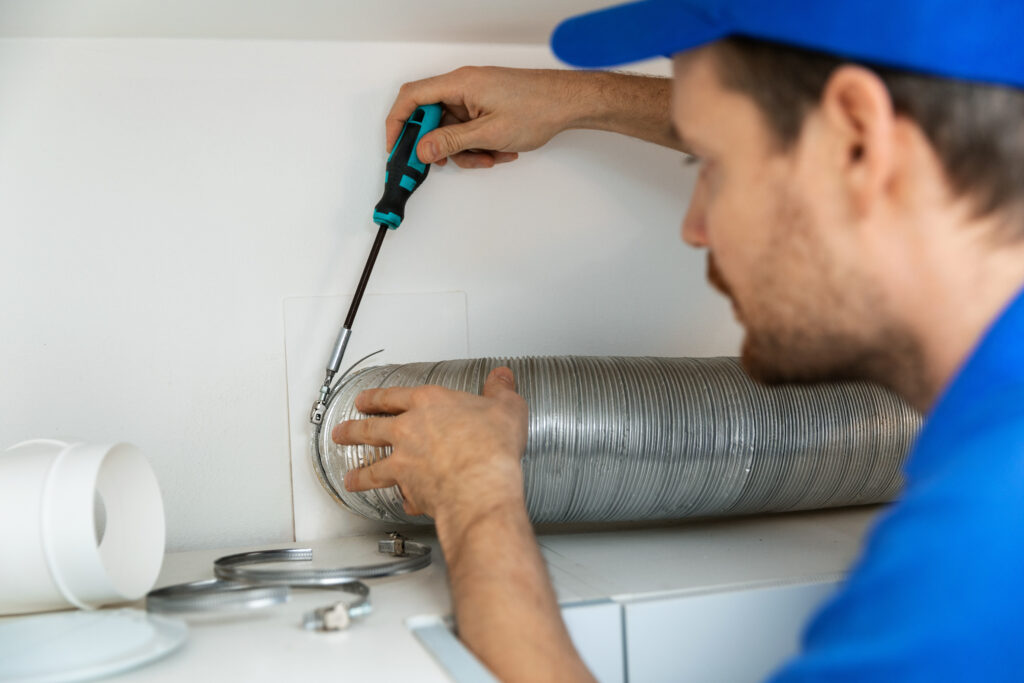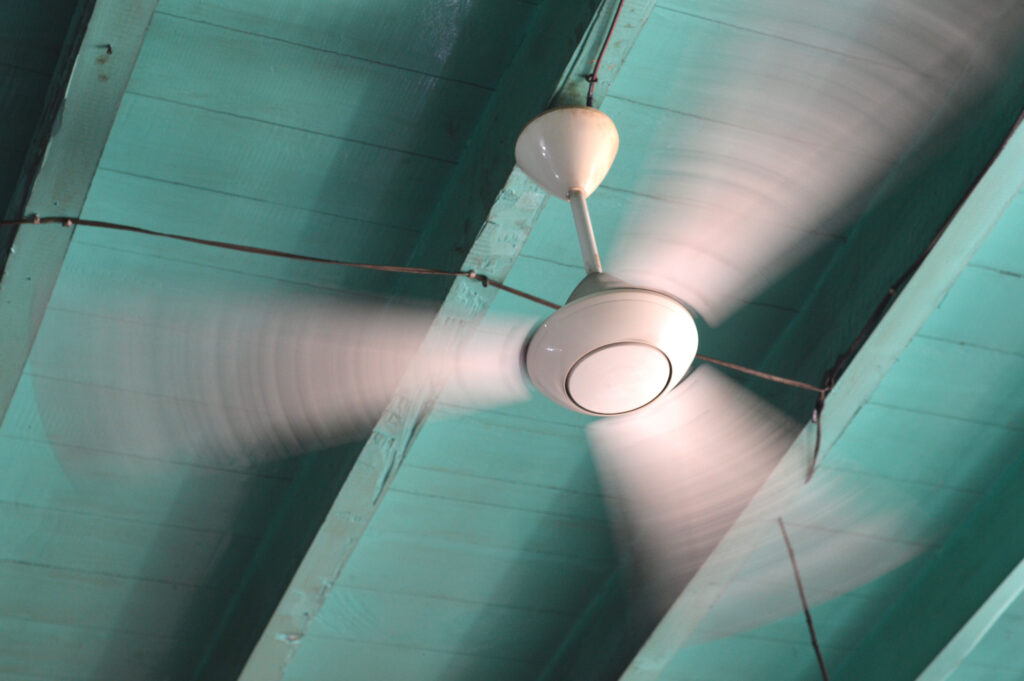Clearing the Air: What Homeowners Need to Know About Mold in Ductwork
Let’s be honest. Mold in your HVAC ductwork is not the kind of house drama you want to wake up to. It’s musty, sneaky, and—yep—can mess with your health and your wallet if you ignore it. As you’re brewing your morning coffee or flipping laundry on autopilot, little do you realize your forced air system could be distributing more than just warm or cool air. Yikes, right? This post walks you through what mold in ductwork is, how it happens, what to look out for, and how your home warranty (including the ones from Armadillo) comes into play. Let’s air this thing out, literally.
What Is Mold in Ductwork and Why Does It Happen?
Okay, so let’s start simple. Mold is a type of fungus—like mushrooms, but way less fun and far less edible. It thrives in damp, dark, and humid environments. Now imagine your air ducts, cool and dark tunnels behind your walls. Add in condensation from a busy AC unit or humid summer air and what do you get? Ding ding ding—mold has entered the chat.
When your HVAC system runs, it naturally creates moisture. If there’s poor ventilation, clogged filters, or insulation issues, that moisture doesn’t escape. It just hangs around. Spores float in and latch onto dust particles—because ductwork is never completely clean—and voilà: you’ve got mold. This, by the way, is not just a dirty thing. It’s a common thing. No shame if you’ve got it—just fix it.
How Mold in Ductwork Impacts Your Home and Health
Here’s where things drift from “annoying” to “serious-ish.” Mold doesn’t just stay put. Your HVAC system circulates air through every room, which can spread mold spores all over your home. Meaning, symptoms like coughing, sneezing, skin irritation, or that brain-foggy “Why does everything feel groggy today?” vibe, could be connected to invisible invaders in your air system. And for those with asthma, allergies, or compromised immune systems, it’s more than irritating—it can be dangerous.
The internal structures of your home also take a hit. Mold can deteriorate duct linings, infiltrate insulation, and, yes, even leave that faint (but constant) musty smell lingering in your living spaces. Houseplants won’t thank you either.
How to Detect Mold in Air Ducts Without Losing Your Mind
Real talk: You’re probably not opening your air vents on Saturday mornings to check for mold. But there are signs. Maybe you’ve noticed an earthy or stale smell when the AC kicks on. Maybe you see black or green spots in or around vents. Maybe the airflow seems weaker than it used to be. All clues. If symptoms like sneezing and itchy eyes ease up when you’re away from home—yeah, time to take a closer look.
Professional mold testing is an option. HVAC techs can conduct air quality assessments or use cameras to peep inside your ducts. Trustworthy pros, like the ones the home warranty crowd leans on, can give you the real story. And don’t worry, this isn’t a full-house excavation project—we’re not talking reality TV reno levels of disruption here.
Removal, Prevention, and What to Do Next
So let’s say you find mold (womp womp)… now what? First, keep breathing normally and don’t panic scroll WebMD. The cleaning process is pretty straightforward, although definitely not DIY-friendly if it’s a serious infestation. You’ll want a certified HVAC technician for mold remediation. They’ll use special cleaners—EPA-approved, not your household spray bottle—and may recommend replacing parts of the ductwork if it’s been compromised.
Then comes the prevention game. Regularly change your HVAC filters (seriously, set a calendar reminder), keep your system serviced annually, and maybe spring for a dehumidifier if you live in a steamy climate. Insulation around ductwork helps fight thermal variances that cause condensation. And yes, I’ve learned all this while halfway folding laundry. Go figure.
Does Home Warranty Cover Mold in Ductwork?
Ah, the juicy part. Home warranties vary, but typically, most plans do not cover mold removal directly. What they do often cover, though, is the **mechanical issue** that led to the mold—in other words, your coverage likely supports system breakdowns like a failing HVAC blower or drainage issue that created the perfect mold-friendly environment. So while the spores themselves might not trigger a full payout, the busted parts that let the moisture sneak in? That’s coverable territory.
With Armadillo, our plans are refreshingly up front. We don’t dance around exclusions in tiny print. If your HVAC system malfunctions, we’re there to repair it. That includes the duct-related components if failure causes proper airflow loss or function. We can’t evict mold spores ourselves, but we can stop the conditions that roll out the welcome mat for them. That’s real peace of mind, even when your nose says your house smells “off.”
The DIY Trap: What Not To Do When You Find Mold
This one’s big. Don’t ignore it, and please, I beg you, do not attempt to mask the smell with candles or plug-ins (no offense to your favorite seasonal scent). Also, avoid trying to clean it with bleach if you’re not 100% sure about safety protocols. Spores can become airborne and create a bigger problem. Mold’s not just surface level—it can live inside duct linings and behind covering panels, so surface cleaning usually doesn’t cut it.
If your instinct is to fix everything yourself—respect, that’s admirable—but this one’s best left to pros. Call someone certified in ductwork cleaning or mold remediation. It’s like asking your dentist to look at back pain—it’s connected, but not in their wheelhouse. Know when to tag in help.
Why Armadillo Home Warranty Keeps Your HVAC (and Ducts) in the Clear
Here’s a little silver lining: when you protect your home systems with an Armadillo home warranty, you’re not flying solo. We’re here when your HVAC system starts acting up, which often causes the conditions mold loves. Handling repairs quickly, professionally, and without the “wait, what’s my deductible again?” chaos helps prevent mold-friendly situations before they start. That’s preventative muscle right there. Plus, you won’t be googling “furnace sounds like it’s sneezing” at 11PM on a Wednesday—we’ve got 24/7 claims access.
A home warranty gives you the confidence to cool or heat your home without second-guessing what’s in the ducts. Energy efficiency, HVAC life span, and yes—air quality all benefit. Interested in learning how we can help keep your systems clean and covered? Visit our homepage to learn more about what’s covered (and what’s smart). When you’re ready to roll protection into your zip code, head to our Plan Builder to get started. Mold may be sneaky, but you? You’re smarter—and now, you’re covered.


























